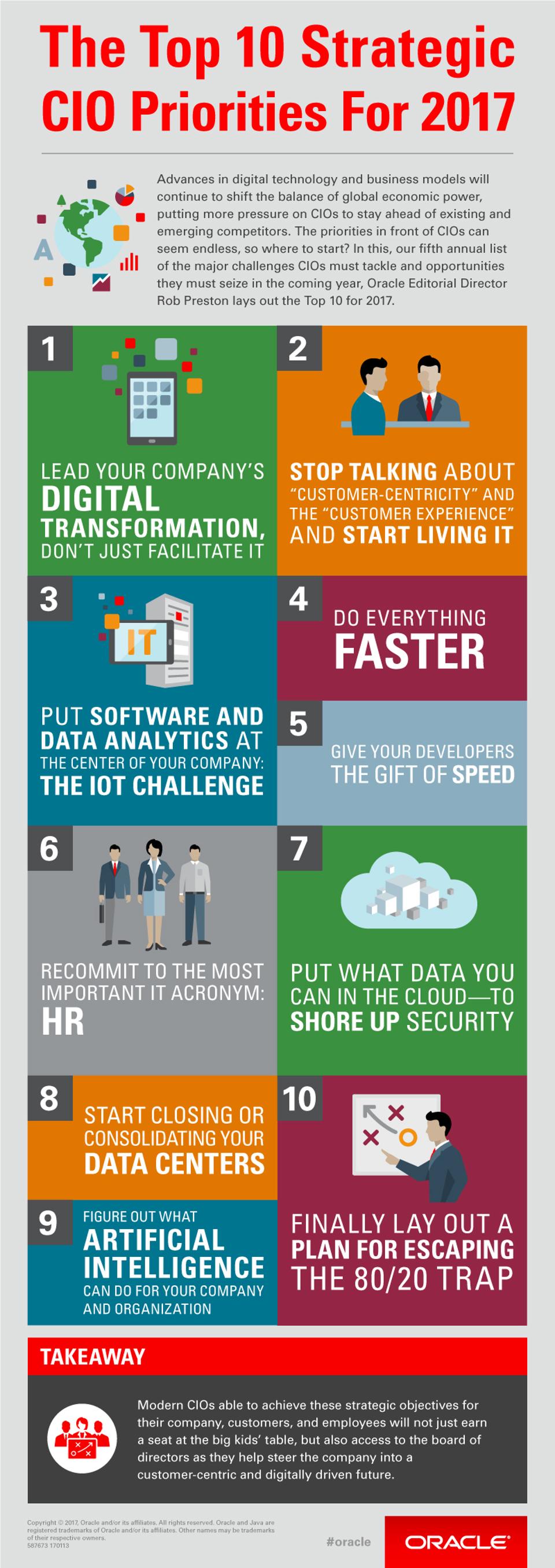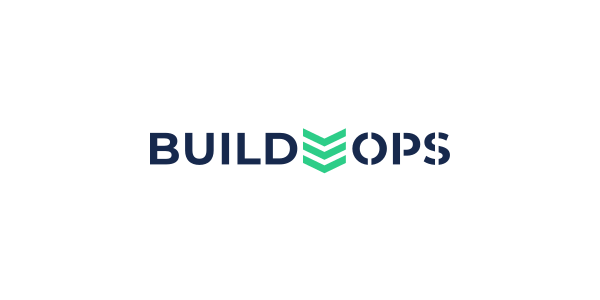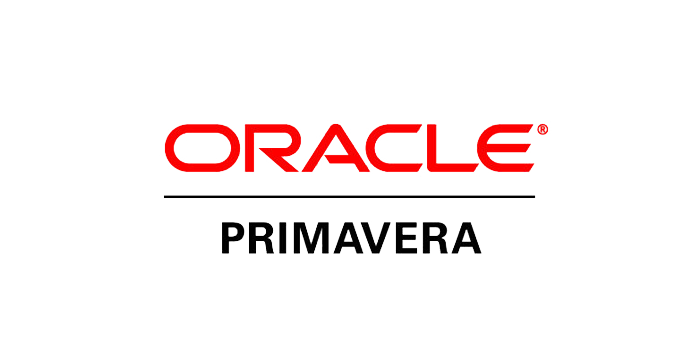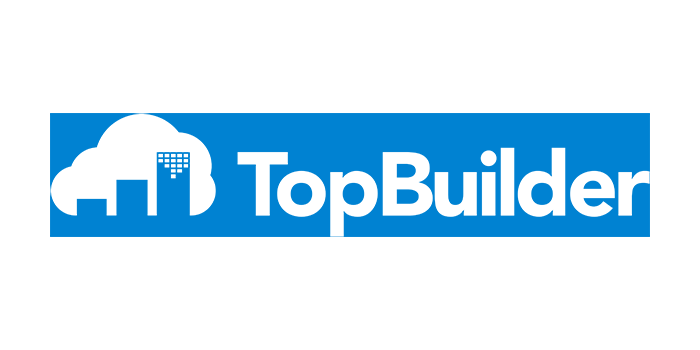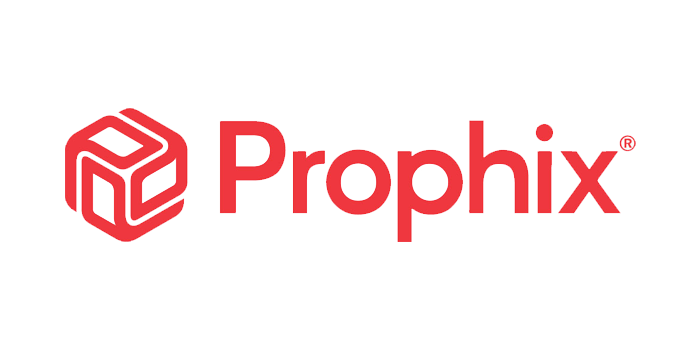Article written by Rob Preston and appears on Forbes.com
More so than in any other year in recent history, events in 2017 promise to put business executives under intense pressure, as new political forces, restructured trading coalitions, and more aggressive central bankers and regulators exert their influence on companies and markets worldwide.
Advances in digital technology and business models will also continue to shift the balance of global economic power, putting more pressure on CIOs to stay ahead of existing and emerging competitors. The many tools at the disposal of CIOs include cloud computing, predictive analytics, mobile applications, machine learning, and robotics, feeding broader movements such as the Internet of Things and Industry 4.0. The business opportunities are considerable: lower costs; more precise supply chains; more dynamic, reliable, and personalized products and marketing campaigns; more attentive customer service; and ultimately more abundant, loyal customers.
In the next five years, CIOs expect their companies’ digital revenues to grow from 16% to 37%, according to Gartner’s recent CIO Agenda survey of 2,944 CIOs in 84 countries. Public-sector CIOs predict that 77% of their processes will be digitized, up from 42% today. Massive changes are ahead, and they’re happening faster than ever before.
 As we begin 2017, the priorities in front of CIOs can seem endless, so where to start? In this, our fifth annual list of the major challenges CIOs must tackle and opportunities they must seize on in the coming year, you’ll notice some familiar ones. Real change doesn’t happen in discrete annual increments.
As we begin 2017, the priorities in front of CIOs can seem endless, so where to start? In this, our fifth annual list of the major challenges CIOs must tackle and opportunities they must seize on in the coming year, you’ll notice some familiar ones. Real change doesn’t happen in discrete annual increments.
This list is also a high-level call to action, not a directory of technologies to adopt and methodologies to follow. It’s up to you to figure out the rank and the execution details. But we recommend that you start with these 10.
1. Lead your company’s digital transformation, don’t just facilitate it.
The rallying cry of “digital transformation!” is almost a cliché, but that makes it no less an urgent priority. Either companies figure out how to outsmart, outpace, and outmaneuver their competitors with the clever, customer-focused deployment of digital technologies, or they will be marginalized—sooner rather than later. Where is your company on the path to digital transformation? Take our 11-question assessment.
The most astute CIOs will lead that digital charge—yet most still aren’t. Fewer than 40% of the respondents to Gartner’s 2016 CIO Agenda survey said they’re overseeing their company’s digital transformation efforts, a finding that doesn’t bode well for the more than 60% of CIOs who are riding the digital coattails of others.
The 2016/17 Deloitte CIO survey identifies “significant gaps between CIOs’ perception of how they are delivering value to the business and the business’s stated priorities and expectations,” centered on such digitally grounded initiatives as customer focus (more on that later), business growth, and business innovation. Meantime, the Deloitte survey finds, most CIOs are focusing on the parts of the “digital iceberg” below the water: updating legacy systems and antiquated processes.
You as a CIO had better focus on the entire digital iceberg, or it’s going to rip through the hull of your organization.
The implication of these surveys is that the CEO, CMO, chief digital officer, or some committee of the good and great is running the digital show at most companies, leaving the CIO to offer advice and manage what’s left of the company’s infrastructure and applications in a cloud-centric world. Not a good career scenario.
Francois Lancon, who oversees Oracle’s Asia-Pacific business, is blunt in his assessment of this situation. “Either [CIOs] become the head of the digital transformation, or the chief digital officer is going to take over IT and they will be history,” he says.
On a basic level, CIOs have the required technical, project management, vendor management, and integration expertise that most marketing-reared CMOs and CDOs will never have. On a higher level, most (astute) CIOs already are plugged into the business priorities of their sales, marketing, finance, operations, and other C-suite peers. So what’s stopping them from taking the digital reins? They’re better equipped and positioned than any other executive.
Digital leadership is a team sport, requiring regular collaboration across traditional departmental and enterprise boundaries, but CIOs should strive to be “first among equals,” as Gartner suggests. This is what CEOs expect, and 2017 is the year every CIO must live up to that expectation.
2. Stop just talking about “customer-centricity” and the “customer experience” and start living it.
How much of your time do you spend talking and visiting with your company’s customers? How much research does your company or organization conduct to study the technology behaviors and expectations of those customers?
Business-savvy CIOs aren’t just eager, “aligned” collaborators with their peers in sales, marketing, finance, product development, and operations. They’re meeting with and surveying their customers regularly, drilling down into their challenges so that they can do a much better job of delighting them with technology innovations.
Deloitte’s global CIO survey reveals that 57% of respondents chose “customers” as their top business priority, a shift up from 45% last year—a positive sign. However, only 45% of the CIOs surveyed think their IT organization actually helps improve the customer experience through their IT capabilities. That disconnect is startling.
In 2017 every CIO must commit to spending at least 20% of his or her time with customers. That kind of commitment takes time and resources many a CIO will say they don’t have. But it’s worth every minute and penny. Those CIOs will become customer advocates and confidants, building loyalty. It’s the difference between heads-down IT management and heads-up IT leadership.
3. Put software and data analytics at the center of your company: the IoT challenge.
The so-called Internet of Things isn’t just the fanciful stuff of connected refrigerators. It’s about companies in a range of industries improving their cost efficiency, system reliability, product quality, and service levels, as well as creating wholly new revenue streams and business models.
IoT refers to the act of collecting data from sensors embedded in a variety of machines, work environments, wearables, and other “things,” and then analyzing that data to reveal new insights and market opportunities. Estimates put the number of things that will be connected to the internet at about 50 billion by 2020. That’s about 6.3 connected things per person on the planet. The worldwide market for IoT products and services will grow from $1.9 trillion in 2013 to $7.1 trillion in 2020, according to IDC—almost twice the size of the current global IT and telecom market. Clearly, big things are ahead.
Whether your company delivers packages, operates freight trains, grows soybeans, manufactures jet engines, rents scooters, raises livestock, powers homes, or makes swimming pool pumps, it’s the CIO’s job to think through the company’s IoT opportunities and accelerate its rollouts.
The real payoff will come when companies move beyond isolated IoT projects and take a comprehensive approach, building businesses around these capabilities rather than just using them to cut costs or augment existing products.
For example, GE Digital and its partners already bring in billions of dollars in revenue from the software and data services they package with GE’s healthcare, power, transportation, energy management, and other industrial systems—and GE Digital has been operating for only about a year. McKinsey & Co. estimates that data and mobility services related to the “connected car” could generate as much as $1.5 trillion in revenue by 2030, as the automakers and their partners buy and sell vehicle-specific system, trip, advertising, and other data.
Or consider what Monsanto is doing in agriculture. The company’s data analytics platform, the crown jewel of its $930 million acquisition of Climate Corporation, collects soil, weather, and other data from sensors and taps into publicly available data sources; factors in the historical crop yields of Monsanto’s and competitors’ customers; and ties in futures market data—all to build forecasts of future crop prices and to sell weather-related insurance products to farm operators. Around the time of the Climate Corporation acquisition in 2014, Monsanto estimated that data science could generate $20 billion in revenue on top of its core business.
“Now Monsanto elevates from ‘I’m going to sell you a seed’ to ‘I’m going to be your financial partner,’” says Adrian Turner, CEO of Data61, a Sydney-based digital and data-innovation group spun off from the Australian government. “If you peel away the underlying structures and economics, it’s iTunes. It’s no different.”
How so? By virtue of its size and market clout, Monsanto, which in September 2016 announced it will be acquired by Bayer in a $66 billion deal, is compelling the rest of the ag industry to publish data onto its platform in the same way that Apple compelled musicians to make their content available on the iTunes platform. “How the power will move around is going to be very similar in other industries,” Turner says.
New revenue rivers, not just streams, are to be had. It’s incumbent on all CIOs to start tapping into them, in partnership with their CEO, C-suite peers, and line of business colleagues.
4. Do everything faster.
This oft-quoted nugget attributed to Mario Andretti is as much a challenge to CIOs as racecar drivers: “If everything seems under control, you’re not going fast enough.”
The speed of business continues to accelerate. Senior management teams are pressuring their people to identify and exploit new markets faster. Develop and roll out products faster. Complete projects faster. Hire faster. Make decisions faster. Turn contracts and deliveries around faster. Respond to customer requests faster. Faster, faster, faster. Queasy come, queasy go.
The good news is that CIOs are getting the message. One piece of evidence comes from the Society for Information Management’s 2017 IT Trends survey, whose CIO and other IT executive respondents ranked “IT flexibility/agility” as the fourth most important IT management issue, up from seventh in the prior year’s survey. They also ranked “business flexibility/agility” fifth, up from ninth. The bad news is that those executives ranked “speed of IT delivery/IT time to market” only eighth among their IT management priorities, way down from third a year before. They don’t seem to be willing to put their money where their collective mouths are.
When we asked Oracle’s Lancon, who spends lots of time with CIOs, what the most important attributes of cloud computing are, he didn’t miss a beat: “Oh, there’s only one: speed. Companies need to react to change at a very different speed than they did five years ago.”
Is your IT organization built for speed?
5. Give your developers the gift of agility.
Job #1 when it comes to CIO Priority #4 is to organize your application development teams for speed and agility, as both are indispensable in the digital business era.
Can your app dev teams spin up development environments for a new project in minutes? Can they quickly deploy a new feature to customers to get real-world feedback? Can they kill a development environment just as quickly when a project doesn’t pan out?
A modern development organization will need cloud-based platforms, development tools, and infrastructure to keep up with this rapid pace—from databases to compute resources to container-management systems.
A bonus is reduced costs. Oracle CEO Mark Hurd estimates that 30% of IT spending goes to supporting app dev, whose legacy on-premises environments sit idle much of the time, waiting for the next project. CIOs can reap significant savings by moving those environments to the cloud, paying only for the app dev resources used while freeing up resources for digital innovation.
One caution: Many organizations that want to develop in the cloud aren’t ready to deploy production apps in the cloud, citing data residency requirements and latency concerns. Make sure your cloud DevTest environment lets you move from the cloud to your on-premises environment (and back), so that what you test in the cloud works seamlessly inside your data center.
6. Recommit to the most important IT acronym: HR.
Recruiting, developing, motivating, and retaining highly skilled, talented people is the single biggest barrier to CIO success. In survey after survey, CEOs worldwide cite talent as their #1 priority, as they have for about a decade.
Yet many CIOs acknowledge they’ve become complacent. Their hesitation to replace underperformers has reinforced a culture of mediocrity, making it even harder to fill their talent pipelines with data science, information management, business analyst, and other creative, results-oriented specialists.
You as a CIO must not only map out a workforce development plan that identifies skills gaps, but you also must communicate a vision and cultivate a culture that appeals to—and rewards—high achievers. Is your railroad company at the forefront of the Internet of Things? Is your consumer goods company plowing into personalized marketing? Is your government agency doing data mashups? Is your retailer focusing much more on the mobile consumer? Is your industrial company a digital innovator in the GE mold? Reveal the exciting challenges that make you special as an employer of technical talent.
Meantime, are you tapping new sources of talent, like military veteran programs and universities outside your traditional sphere? Are you networking regularly at technology and industry conferences, even when you’re not looking to fill a specific role or need a specific skill? Are you evaluating left-brained as well as right-brained talent? Are you retraining current employees who are in “keep the lights on” IT roles for roles tied more directly to business outcomes?
If you find yourself lamenting, year after year, that you can’t find good people, maybe it’s time you took a different approach to finding and landing them.
7. Put what data you can in the cloud—to shore up security
Year after year in survey after survey, CIOs cite security as one of their top priorities. The reason most of them can’t keep up? They’re overwhelmed—by the proliferation of attacks and attack vectors, the confusing array of vendor security solutions, and their inability to find and hire security experts.
It’s time CIOs changed their approach. Time was, they were reluctant to move their companies’ sensitive data to the cloud because of security concerns. Now security is a compelling reason to move it there, as world-class security has become a core competency and value proposition of most major cloud providers.
Enterprise cloud providers develop and enforce secure development and application architecture best practices. The embassy-like physical security in their data centers—buffer zones around sites, thick concrete walls, crash barriers at vehicle entry points, biometric scanning devices—is sophisticated and layered. Cloud providers are also in a better position than most customer companies to attract the brightest security talent, for key positions their customers can’t even fill.
CIOs can and should insist that their cloud providers show them the results of third-party security audits, says Akkshay Bhargava, Oracle vice president of product marketing security. Oracle, for example, offers up to 100 third-party audit reports a month on its data center systems, “so that you have transparency into the working mechanisms and security that we employ in our cloud,” Bhargava says.
Some companies will insist on a first-hand look. The CIO, executive director of donor services, and a couple of security contractors for Australian Red Cross Blood Service recently toured Oracle’s Equinix data center in Sydney before moving the organization’s donor relationship management data to Oracle Customer Experience Cloud. “Oracle is expert in the secure management of data,” noted Janine Wilson, the executive director, “and we are now confident that our donor information is in safe hands.”
8. Start closing or consolidating your own data centers.
We haven’t quite come to a “burn all the canoes” urgency, but it’s about time CIOs started consolidating and retiring some of their data centers as they transition to cloud computing. For several reasons:
The main short-term gain of having to run fewer, more modern data centers is cost efficiency. Oracle’s Hurd, who predicted at Oracle OpenWorld in September that the number of company-owned data centers will decrease 80% worldwide by 2025, estimates that the annual IT cost savings of making an all-in shift to the cloud is about 30%. And as central bankers worldwide follow through on their stated intention to start raising interest rates, the cost of capital won’t be near zero for long. Meantime, every time a company buys a new server, it’s effectively extending the life of that data center by another three to five years, depending on the amortization schedule, noted one CIO who recently spoke with us.
In addition to being more cost-effective, cloud data centers are also more secure (see Priority #7) and reliable than most company-owned ones, Hurd noted at Oracle OpenWorld 2016.
But the more important, longer-term gain of shifting data center operations to third-party providers is to allow CIOs and their organizations to spend more of their time on customer-facing and other IT initiatives that deliver a competitive advantage and serve their companies’ revenue, profit, customer service, brand awareness, and other business goals. “So innovation actually goes up,” Hurd said. “Innovation actually accelerates. And that happens simultaneous to the reduced cost and other benefits.”
In 2017 CIOs need to decide what business they want their IT organizations to be in long term: behind-the-scenes data center operation or empire-building, customer-wowing technology innovation.
9. Figure out what artificial intelligence can do for your company and organization.
Artificial intelligence may still be creeping up the hype curve, but few CIOs can ignore its long-term impact. About one-third of large companies will employ “smart machines” by 2021, Gartner predicts. Machine learning algorithms, already part of custom and vendor-developed business applications, promise to help companies lower costs, provide better recommendations, optimize their product prices, identify fraud, gauge customer sentiment and intent, and even root out IT system problems—augmenting human intelligence.
Machines and applications that can sense, analyze, reason, and propose actions will play a key role across industries, in everything from customer service (chatbots and other digital assistants that answer customers’ and employees’ questions and help them make better decisions) to HR (algorithms that help hiring managers sort through resumes) to marketing (tools that uncover prospects at every stage of the “funnel” and determine which ones are ready to buy).
Meantime, more specialized AI applications in industries such as healthcare (tools for more effective, faster diagnoses), transportation and logistics (systems that map out the least congested, most optimal truck routes), finance (smart wallets that learn users’ spending habits and coach them to make better decisions), and education (virtual mentors and tutors) show tremendous promise.
AI and machine learning have been around for decades in one form or another, so why the buildup now? For one thing, the underlying infrastructure and technology—massive cloud storage and computer processing power, specialized graphics processing units—are now abundant and relatively inexpensive, freeing AI applications from the most exclusive supercomputer environments.
Companies are also now collecting and buying more data than ever before, providing the fuel for smart machines and applications to make more informed, insightful, accurate decisions—and more timely decisions with the advances in compute power. The availability of open source AI algorithms allows programmers at companies of all sizes to build on the work of others rather than have to start from scratch.
This is the year for uninitiated CIOs to do their AI homework—conduct research; tap the expertise of peers, consultants, and technology suppliers; try a handful of AI-infused applications; experiment with one or two pilot projects of your own. AI will be mainstream in your operations before long.
10. Finally lay out a plan for escaping the 80/20 trap.
Amid frustratingly slow GDP growth and small corporate productivity gains, management teams can’t expect to just ride the economic tide to deliver the revenue gains their boards demand. They’re under intense pressure to take market share from competitors. And in this digital economy, taking market share requires aggressive technology investments—in new people, new processes, new applications, new features—that return a competitive advantage.
Problem is, established companies’ IT budgets are flat, and they’re not going up anytime soon. Meantime, about 80% of those budgets remain trapped, as they have been for decades, in support functions that don’t move the revenue needle—functions like system maintenance, upgrades, and security patches. And as heightened information security and regulatory pressures siphon even more money from IT’s innovation bucket, that 80% figure could swell larger.
That leaves only 20% or less of flat IT budgets for the innovative work that helps companies take business from competitors. And that percentage isn’t nearly enough, especially as digital upstarts—free of the legacy IT systems that require so much operational heavy lifting—snap at the incumbents’ businesses, sometimes upending their business models.
The challenge before every CIO as we head into 2017 is how to manage and in some cases offload the old stuff—pay down the creeping “technical debt”—while freeing up money and people for new and expanded mobile, data analytics, AI, and other modern digital initiatives. This may be the single biggest challenge in front of CIOs today.
CIOs have been hearing this exhortation for decades. Now your jobs are on the line in this digital economy. Get moving.
Step #1 for every CIO is to do what the CIOs and management teams of General Motors, Australian Finance Group, and a relative handful of other companies do: Document exactly how much of your IT budgets are dedicated to legacy versus new systems and processes, and develop a long-term plan for shifting that spending from the old to the new. AFG escaped the 80/20 trap by going all-cloud. Other companies will go a different route. But you can’t change what you don’t measure.

